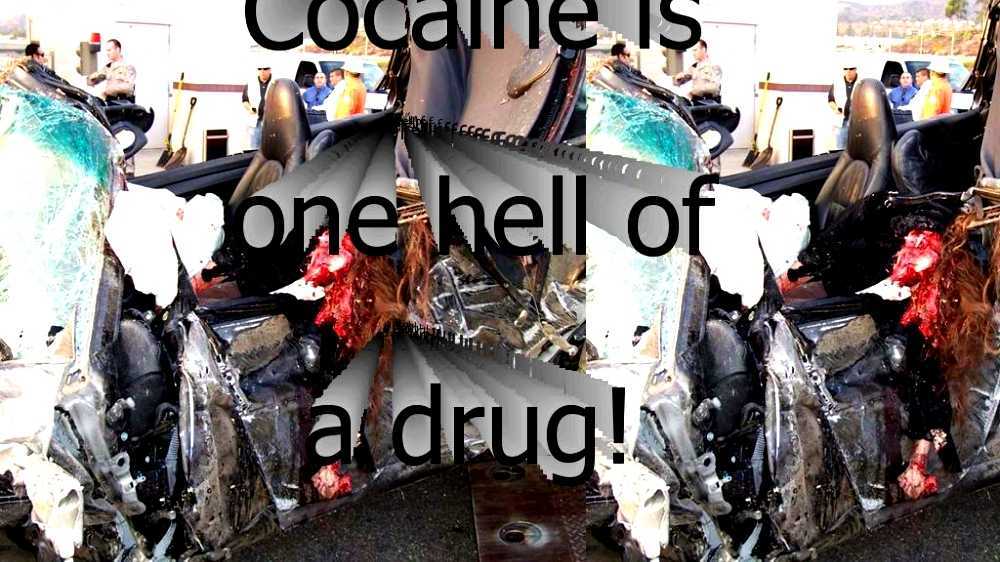The tragic story of Nikki Catsouras and the subsequent release of her pictures has left a profound impact on the internet and society at large. Following a horrific car accident in 2006, the images of her body circulated online, sparking debates about privacy, ethics, and the responsibility of sharing such content. The emotional toll on Nikki's family has been immense, as they grappled with not only the loss of their daughter but also the public's insensitivity towards her memory. The concept of "Nikki Catsouras pictures of body" is not just a title; it encapsulates a narrative filled with sorrow, outrage, and the quest for justice. As we delve deeper into this story, it becomes apparent that it is about more than just images; it is about the very essence of humanity and how we treat each other in the digital age.
The question of how we handle sensitive images and the responsibility of those who share them raises important ethical considerations. The Catsouras family has been vocal about the pain caused by the dissemination of these pictures, igniting a conversation about the need for stricter laws against the sharing of graphic content online. As we explore the life and legacy of Nikki Catsouras, we must remember the human element behind the headlines and hashtags. This article aims to shed light on her story and the ongoing discussions surrounding it.
To fully understand the context and the implications of the "Nikki Catsouras pictures of body," it is essential to first dive into her biography and the tragic events that unfolded on that fateful day. This is not just a cautionary tale; it is a reminder of the fragility of life and the importance of empathy in a world increasingly dominated by technology.
What Happened to Nikki Catsouras?
Nikki Catsouras was an 18-year-old girl who lost her life in a devastating car crash on October 31, 2006. The accident occurred when she was driving her father's Porsche at high speeds on a highway in California. She lost control of the vehicle and crashed into a concrete toll booth, resulting in catastrophic injuries that ultimately claimed her life. The tragic nature of her death was compounded by the horrific images taken at the accident scene.
How Did the Pictures Get Released?
After the accident, police officers took photographs of the scene, which included Nikki's body. Unfortunately, these images were leaked online, leading to an avalanche of views and shares across various platforms. The release of the "Nikki Catsouras pictures of body" sparked outrage and helplessness among her family and the general public alike. It also brought to light serious questions about privacy and the ethics of sharing grisly content on the internet.
What Were the Family's Reactions?
The Catsouras family expressed their devastation at the release of the images. They emphasized that the pictures were not only disrespectful but also deeply traumatic. In their quest for justice, they filed a lawsuit against the California Highway Patrol (CHP) for the emotional distress caused by the leaks. The family sought to hold accountable those responsible for sharing and disseminating these private images.
What Impact Did This Have on Digital Privacy Laws?
The fallout from Nikki Catsouras's tragic story has prompted discussions about digital privacy laws and the responsibility of individuals and organizations in protecting sensitive information. The case served as a wake-up call regarding the need for stricter regulations governing the sharing of graphic content online. It has encouraged lawmakers and advocates to push for changes that protect victims and their families from similar experiences.
Were There Any Legal Actions Taken?
In response to the emotional trauma caused by the release of the images, Nikki's family filed a lawsuit against the CHP. The outcome of the case was mixed, but it did highlight the issue of privacy rights and the responsibilities of law enforcement agencies regarding sensitive information. The legal actions taken by the Catsouras family have served as a catalyst for broader discussions about the ethical implications of sharing private tragedies in the digital age.
What Lessons Can We Learn from This Tragedy?
- We must respect the privacy of individuals and their families during times of tragedy.
- Ethics surrounding the sharing of graphic content must be addressed more seriously.
- Digital platforms should take responsibility for the content shared on their sites.
- We need to be more compassionate and considerate of others' pain and suffering.
What Is the Legacy of Nikki Catsouras?
Nikki Catsouras's story continues to resonate with many, serving as a reminder of the importance of empathy in our interactions, particularly online. The impact of her tragedy has led to increased awareness surrounding digital privacy and the ethical responsibilities that come with sharing sensitive content. It is crucial that we remember Nikki not just as a victim, but as a young woman whose life was cut short and whose story has sparked vital conversations.
How Can We Honor Her Memory?
To honor Nikki's memory, we can advocate for change in digital privacy laws, support organizations that work towards protecting individuals' rights online, and promote discussions about ethics in social media. Engaging in conversations about empathy and responsibility can help create a more compassionate digital landscape where tragedies like Nikki's are not repeated.
What Can We Do Moving Forward?
The narrative surrounding "Nikki Catsouras pictures of body" serves as a potent reminder of the need for awareness, empathy, and responsibility in the digital age. By focusing on the human stories behind the headlines, we can create a culture that prioritizes respect and compassion. Going forward, we should strive to ensure that our online actions reflect these values, fostering a community that honors the dignity of every individual.
Article Recommendations


